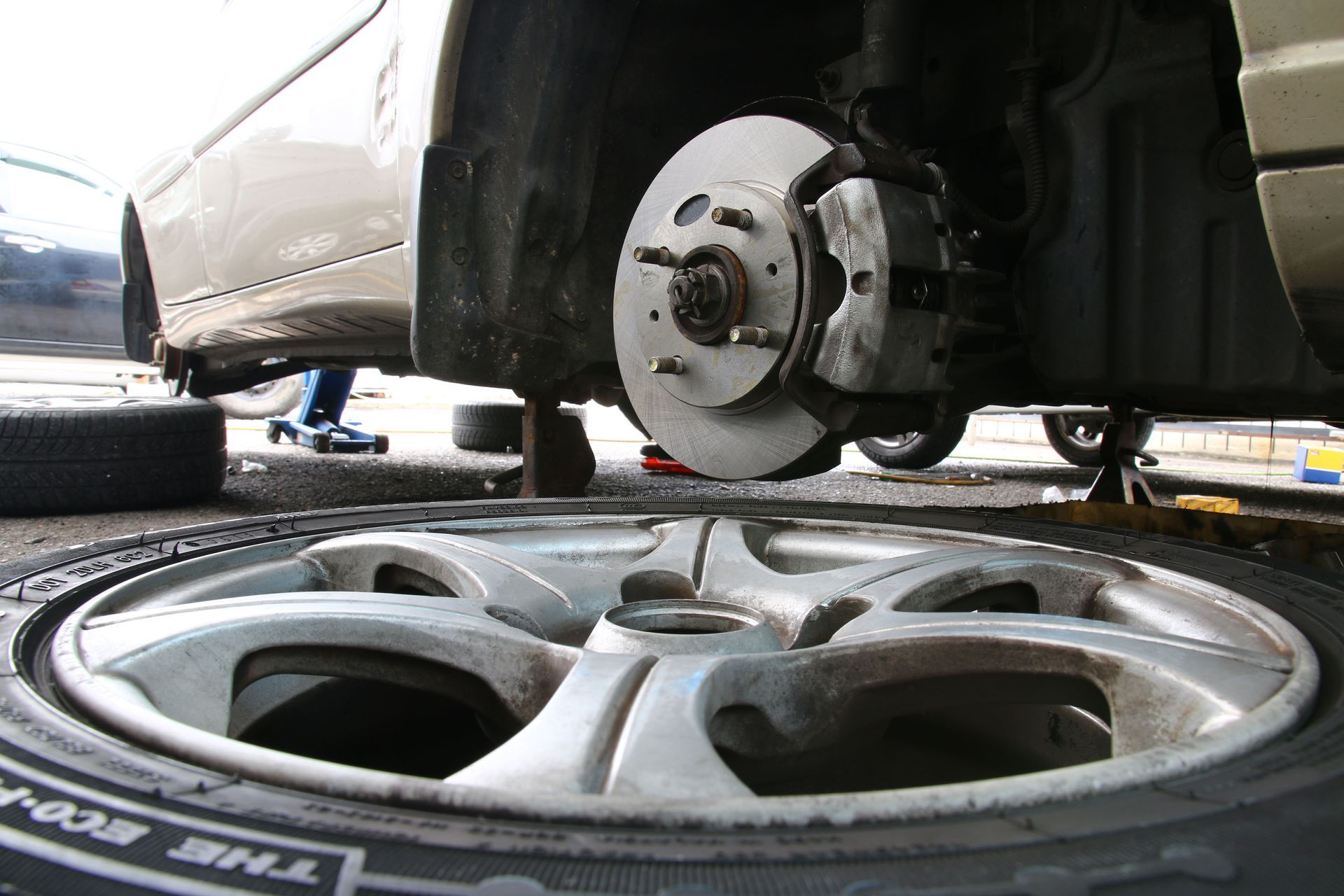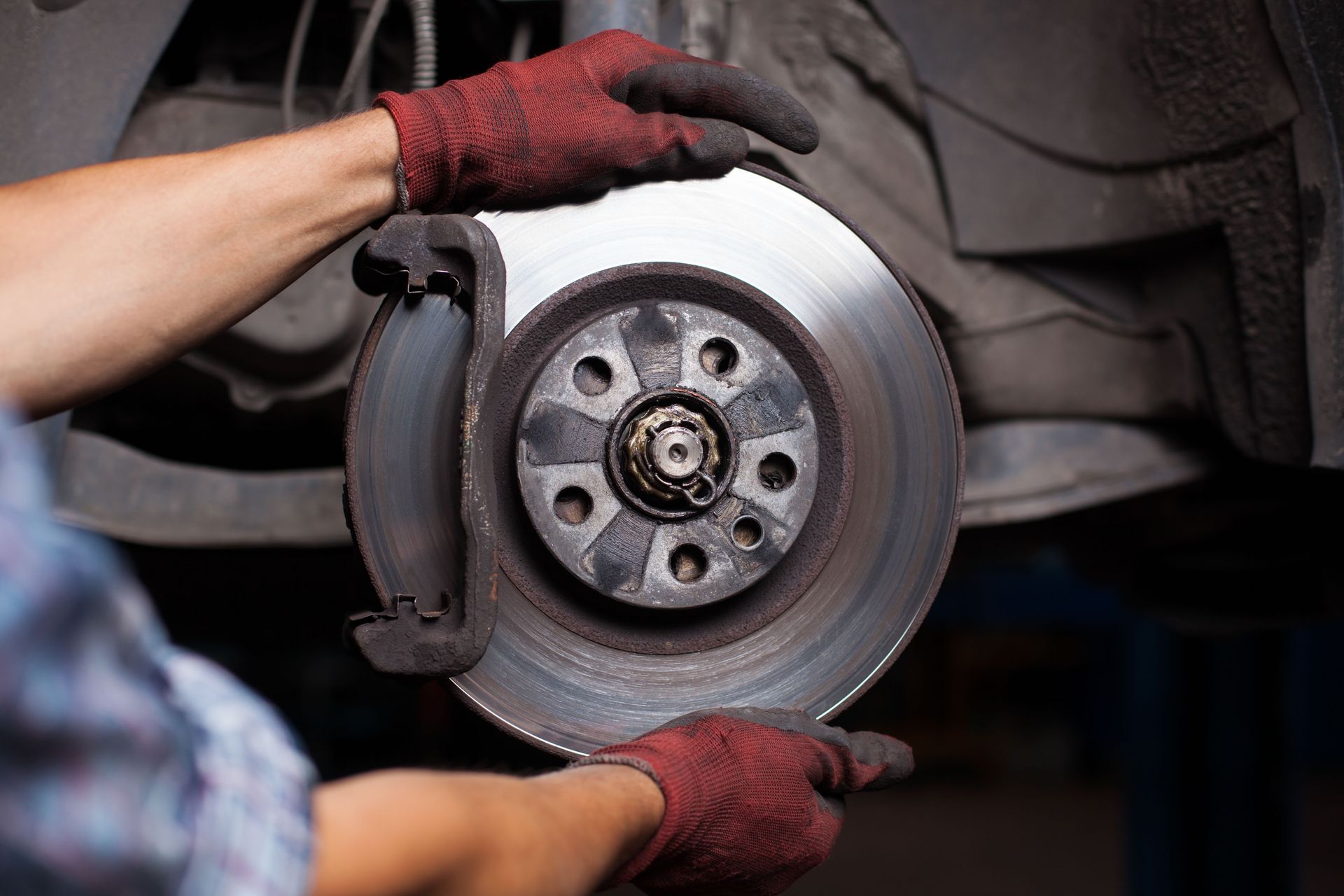Timing Your Car Brake Replacements for Safety
Maintaining your car’s brakes is one of the most important aspects of vehicle safety, yet it’s often overlooked. Brakes quietly protect you every time you drive, and knowing when to replace or perform brake repair can prevent costly problems or accidents. While signs of brake wear can sometimes be subtle, paying attention to noises, vibrations, or reduced responsiveness can save both money and lives. In this guide, we’ll explore how often you should replace your brakes, the key signs to watch for, and practical tips for keeping your braking system in top shape. Understanding these elements will help you stay safe on the road, maximize the lifespan of your brake components, and avoid emergency situations that could compromise safety.
Understanding Your Car’s Braking System
Before diving into replacements, it’s crucial to understand how your brakes work. Components like brake pads, rotors, calipers, and brake fluid all interact to stop your car safely. Each piece has a specific role, and wear in one part can affect the whole system. For example, brake pads create the friction that slows the wheels, while rotors are the surfaces they press against. Calipers apply the pressure, and brake fluid transmits force from your pedal. Knowing how these components work together highlights why timely brake repair is essential and helps you better understand what signs to look for during inspections. Understanding your braking system also allows you to communicate more effectively with mechanics and make informed decisions about parts and maintenance schedules.
Recognizing Signs of Brake Wear
Pay attention to noises, vibrations, or a soft brake pedal—these are clear indicators that your brakes need attention. Squealing or grinding noises often point to worn brake pads, while vibrations may indicate warped rotors. Reduced responsiveness or “spongy” pedals can be caused by low fluid levels or air in the brake lines. According to Bankrate, car brakes need servicing every 10,000 to 20,000 miles. Regular inspections help you catch these issues early, preventing small problems from turning into major repairs and ensuring safe driving. Responding quickly to these warning signs reduces wear on other brake components and avoids costly brake repair later.
Evaluating Brake Replacement Frequency
Several factors influence how often you should replace your brakes, including driving habits, vehicle type, and road conditions. Aggressive braking or heavy loads can shorten component life, while smooth driving and highway trips can extend it. Urban driving with frequent stops may require brake repair sooner than highway commuting. Keeping these factors in mind ensures you schedule brake replacement at the right time, avoiding unexpected failures and costly repairs. Planning for regular replacement based on your driving style also improves braking consistency and overall vehicle safety.
Inspecting Brake Components Regularly
Consistent inspections of brake pads, rotors, calipers, and fluid levels are key to maintaining optimal performance. Worn or damaged parts can reduce braking efficiency and increase stopping distances. Regular inspections allow you to catch small issues before they escalate, ensuring your car remains safe and reliable on the road. For example, brake pads thinner than a quarter-inch need replacement, and rotors with grooves or warping can indicate the need for professional brake repair. Routine inspections also help you identify trends in wear and anticipate future maintenance needs, making budgeting and scheduling brake repair much easier.
Understanding the Role of Brake Fluid
Brake fluid is vital for transmitting pressure from the pedal to your braking components. Over time, fluid can absorb moisture, reducing its effectiveness and potentially causing brake failure. Changing the fluid at recommended intervals helps maintain consistent braking performance. Low or contaminated fluid can lead to a soft brake pedal and slower response times, which is why monitoring fluid levels is an essential part of brake repair and overall brake maintenance. Keeping your fluid clean ensures smoother braking and prevents corrosion within the brake lines.
Extending Brake Life Through Smart Practices
Adopting mindful driving habits is one of the simplest yet most effective ways to extend the life of your brakes. Smooth, gradual acceleration and deceleration reduce unnecessary stress on brake components. Maintaining a safe following distance prevents sudden stops, while coasting when possible reduces friction and heat buildup. Pairing these habits with regular inspections and high-quality replacement parts ensures your brake system lasts longer and performs safely under all conditions. Taking proactive measures also reduces the likelihood of emergency brake repair situations and keeps your vehicle running efficiently.
Professional Brake Repair Ensures Safety
Professional mechanics have the tools, expertise, and experience to address issues that may not be immediately obvious, such as caliper malfunctions or hidden rotor damage. Regular professional checkups identify potential problems before they become dangerous, ensuring all components function correctly and providing peace of mind while driving. Trusting trained professionals minimizes risk, maintains the integrity of your braking system, and guarantees quality brake repair when needed.
Making Timely Decisions About Brake Replacement
Knowing when to replace your brakes requires awareness, regular inspections, and prompt action when warning signs appear. Delaying brake repair can lead to more expensive damage to rotors, calipers, and fluid lines. Staying proactive ensures smoother braking, enhanced safety, and long-term cost savings. Evaluating driving habits, vehicle usage, and component quality helps make timely, informed decisions about when to schedule service and maintain optimal braking performance. Quick action also reduces the likelihood of brake-related accidents.
Considering Driving Conditions for Brake Longevity
Road conditions, such as steep hills, heavy traffic, or snowy and icy roads, can significantly impact brake wear. Drivers in mountainous regions or stop-and-go urban environments often need more frequent inspections and replacements than those who mostly drive on highways. Understanding how your driving environment affects brake performance helps you anticipate the need for brake repair and prevents unexpected failures, keeping both you and other drivers safe. Awareness of conditions allows for better planning and longer brake life.
Choosing the Right Brake Components
Selecting high-quality brake pads, rotors, and fluids directly affects performance and longevity. Premium components may have a higher upfront cost but offer better durability and reduced frequency of replacement. Consult your vehicle manual or a trusted mechanic to choose parts that match your car’s specifications and your driving style. Investing in reliable parts ensures that your brakes perform consistently and reduces the likelihood of repeated brake repair in the near future. Quality parts also provide smoother braking and improved overall vehicle handling.
Monitoring Warning Signs and Dashboard Indicators
Modern vehicles include brake warning lights and sensors to alert drivers to potential issues. Never ignore these warnings, as they indicate a need for immediate inspection. Ignoring dashboard alerts can result in more serious problems, including complete brake failure. Prompt attention and professional brake repair based on these warnings help maintain safety and prevent further damage to your braking system. Paying attention to these alerts allows drivers to address problems early and avoid emergency situations.
Regularly Scheduling Professional Inspections
Routine inspections with a professional mechanic should be a standard part of vehicle maintenance. Scheduled checkups allow experts to thoroughly assess brake pads, rotors, calipers, and fluid, identifying hidden problems before they become costly or dangerous. Many manufacturers recommend inspections every six months or based on mileage intervals. Following these guidelines ensures your brakes remain in peak condition, extending their lifespan and maintaining safe operation. Regular inspections also provide guidance for future maintenance and replacement planning, reducing the need for emergency brake repair. By understanding brake system components, recognizing warning signs, choosing quality parts, and seeking professional inspections, you can keep your vehicle operating at its best. Staying proactive and attentive ensures smooth, safe driving and helps you avoid major repairs. Prioritizing your brakes today means peace of mind on every journey. Ready to elevate your vehicle’s performance and sound? Trust the experts at Roberto's Performance Exhaust to deliver precision.




Share On: